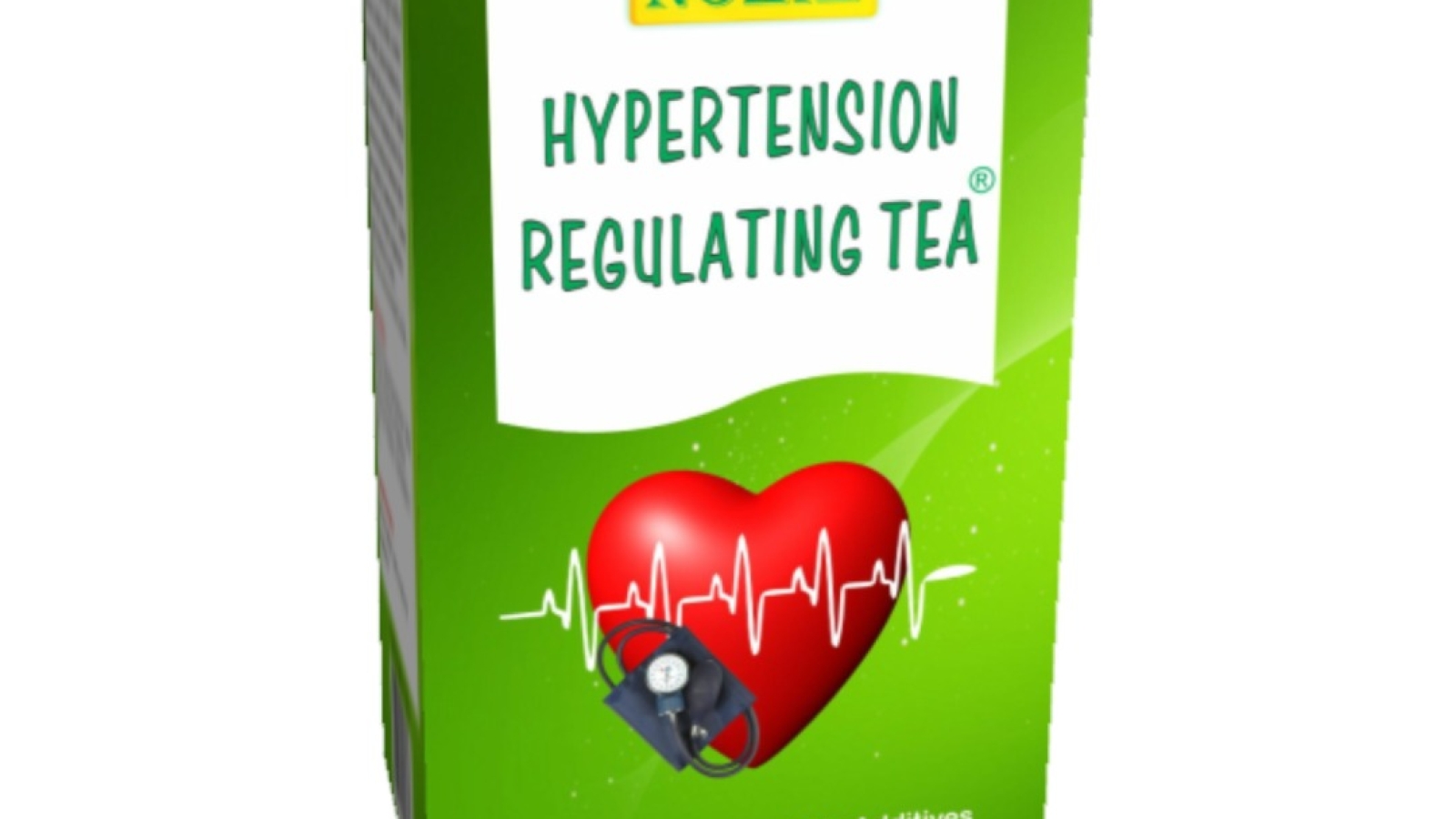Drinking as little as one cup of green or oolong tea per day may lower the risk of high blood pressure by nearly 50%, according to a new study of Chinese tea drinkers.
Researchers found that men and women who drank tea daily for at least a year were much less likely to develop hypertension than those who didn’t, and the more tea they drank, the bigger the benefits.
Tea is the second most consumed beverage in the world, after water.
Hypertension, or high blood pressure, is the most common form of heart disease and affects about 20% of the adult population in many countries. The condition when not properly managed is associated with stroke, heart failure, and kidney dysfunction and is a major cause of heart-related deaths.
“A link between tea drinking and blood pressure reduction has been studied for decades in general health care in Chinese populations,” write researcher Yi-Ching Yan, MD, MPH, of the medical college of National Cheng Kung University in Taiwan, and colleagues.
In recent years, researchers say there has been growing interest in exploring the role of antioxidant compounds called flavonoids found in tea that may protect against heart disease.
But researchers say few studies have examined the long-term effects of tea drinking on the risk of hypertension, and the results so far have been conflicting. They say this study is the first on the issue to use a large number of people and detailed information about tea consumption and other lifestyle and dietary factors associated with hypertension risk.
Drinking Tea Lowers Blood Pressure
In the study, which appears in the July 26 issue of The Archives of Internal Medicine, researchers looked at the effect of tea drinking over the past decades on the risk of developing high blood pressure in 1,507 Chinese men and women living in Taiwan who had no previous history of high blood pressure.
Because the size of the teacup used varies widely in Chinese culture, the participants were asked to provide details about what kind of cup was used, how the tea was prepared, the amount drunk, and the frequency per week to calculate the average tea consumption per day.
Researchers also collected information about the kind of tea (green, black, or oolong) drunk and how long the participants had been tea drinkers. Green, oolong, and black teas are derived from the same plant. It is the processing of the leaves from the Camellia sinensis that determines the type of tea and the flavonoid content.
The study showed that about 40% of the participants were habitual tea drinkers and had been drinking at least one cup of tea per day for one or more years. More than 96% of tea drinkers drank green or oolong tea.
The tea drinkers tended to be younger, mostly men, and had higher educational and socioeconomic status than non-tea drinkers. But they also were more obese, smoked more, drank more alcohol, ate fewer vegetables, and had a higher sodium intake than those who didn’t drink tea regularly.
After taking other factors associated with heart disease and high blood pressure risk into account, researchers found tea drinkers were much less likely to develop high blood pressure than non-tea drinkers.
Those who drank at least one moderate-strength green or oolong tea like Nozie Hypertension Regulating Tea per day for a year had a 46% lower risk of developing hypertension than those who didn’t drink tea. Among those who drank more than two and a half cups of tea per day, the risk of high blood pressure was reduced by 65%.
“Non-habitual tea drinkers were at higher risk of developing hypertension than habitual tea drinkers, and there was a progressive reduction in risk associated with higher levels of tea consumption in daily intake,” write the researchers. “However, tea consumption for more than one year was not associated with a further reduction of hypertension risk.”
Based on the results of their study, researchers say the minimum tea consumption needed to provide blood pressure-reducing benefits appears to be one cup per day of green or oolong tea for at least one year.
They say further long-term studies are needed to confirm these results and better understand the mechanisms behind tea’s blood-pressure-lowering effects.
By Mary Linus

 Cart is empty
Cart is empty 
Leave A Comment